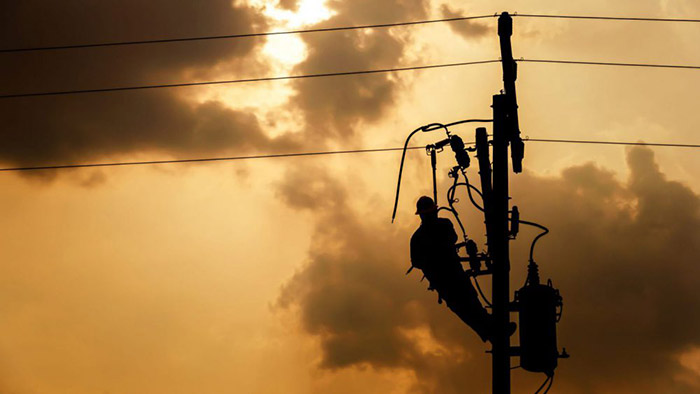Matt Montalbano, Zondits staff, 6/2/2022
Texas is experiencing a hotter-than-usual spring and the Electric Reliability Council of Texas (ERCOT) has begun preparations for the added risks that brings to the electrical grid. On Friday, May 13th, Brad Jones, the interim ERCOT chief executive issued a statement asking Texans to “conserve power when they can,” signaling for residents to keep thermostats set at 78 degrees or above throughout the weekend and to avoid the use of large appliances between the hours of 3 p.m. and 8 p.m. ERCOT’s request followed the unexpected shutdown of six generation plants, capable of powering around 580,000 homes. No power outages occurred in Texas that weekend; however, in Houston, the cost of electricity temporarily soared from below $6 per megawatt-hour (MWh) to over $4,000/MWh on the same day. To some residents, the experience was reminiscent of the blackouts that gripped Texas in the winter of 2021, when a winter storm left almost 70% of ERCOT customers without power for an average of 42 hours.
Utility companies across the country are preparing for potential power-disrupting events later this year. In an analysis published by the Energy Information Administration (EIA), 2020 was the worst year for blackouts in the US, with residents averaging over eight hours without electricity, over twice the duration in 2013, when the EIA started collecting this data. The causes of the blackouts are a combination of severe weather events, aging power infrastructure, vegetation patterns, and increasing electricity demand. An analysis from the Associated Press (AP) found that “Outages tied to severe weather rose from about 50 annually nationwide in the early 2000s to more than 100 annually on average over the past five years,” and “forty states are experiencing longer outages.” In 2021, the US was hit with 20 extreme weather events resulting in 688 deaths and $145 billion in social and economic costs according to the National Oceanic and Atmospheric Administration (NOAA). These extreme weather events were considered once-in-a-hundred-year events and not worth the capital investment to safeguard the electrical grid against, but now with such occurrences on the rise, people are reconsidering. “The electric grid is our early warning. Climate change is here.” said the University of California, Berkeley grid expert Alexandra von Meier.
In her 2016 book, The Grid, Gretchen Bakke claims that power outages were almost non-existent in the US between 1950 and 1980, averaging less than five power outages per year. Then in the early to mid-2000s, the US power infrastructure began showing signs of needed repairs, and the number of outages per year spiked. A 2018 EIA report concluded, “70% of power transformers are 25 years of age or older, 60% of circuit breakers are 30 years or older and 70% of transmission lines are 25 years or older.” The EIA also claimed that capital investments in aging equipment account for the largest share of distribution costs for utility companies and anticipates that more upgrades will be needed with electric vehicles becoming more common.
The federal government has looked to assist in the repairs with the 2021 infrastructure law dedicating $65 billion to fix electrical grid infrastructure and additional funding coming from the house budget reconciliation. Upgrading the power grid to handle more severe weather events can be a matter of life and death when people face the reality of losing heating in the winter or losing cooling in the summer. People relying on their refrigerators to store medications, relying on medical devices, such as oxygen machines, to have a continuous power supply, or having physical challenges leaving their homes to seek safety in times of emergency can be the most at risk during a power outage. The Department of Energy recommends you prepare for power outages with the following strategies: have extra batteries and car chargers, keep a physical list of emergency contacts, know the location of flashlights and radios, conserve your cell phone battery, keep your car tank at least half full, and have a three-day supply of water in the house.
Read more about severe weather and power disruptions:
- Reuters article: Texas Grid Operator Calls for Power Conservation
- The Texas Tribune article: Texans Asked to Limit Electricity
- AP News article: Storms Batter Aging Power Grid
- Energy Information Administration article: Power Disruptions
- MSN article: Extreme Weather Events Cost Billions
- TRTWorld article: Why the US Might Face Electricity Outages
- UtilityDive article: Aging Grids Drive Spending
- Department of Energy article: Preparing for a Power Outage

